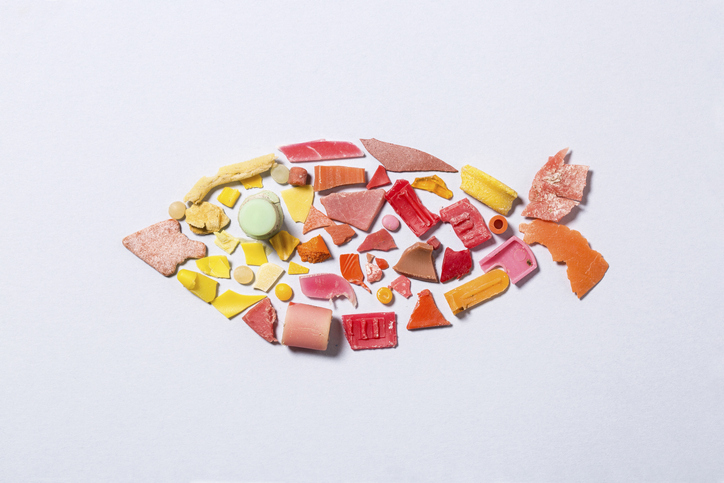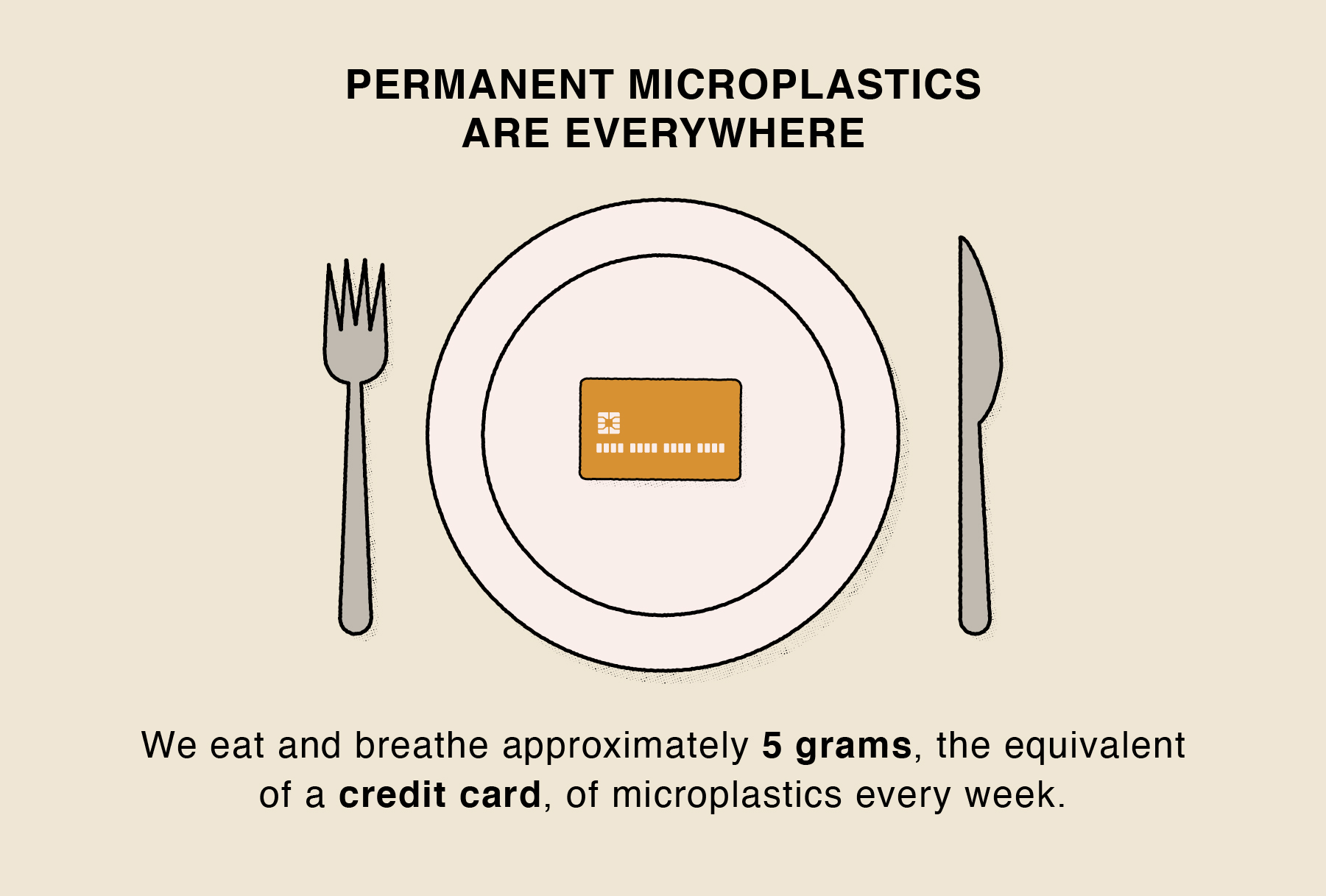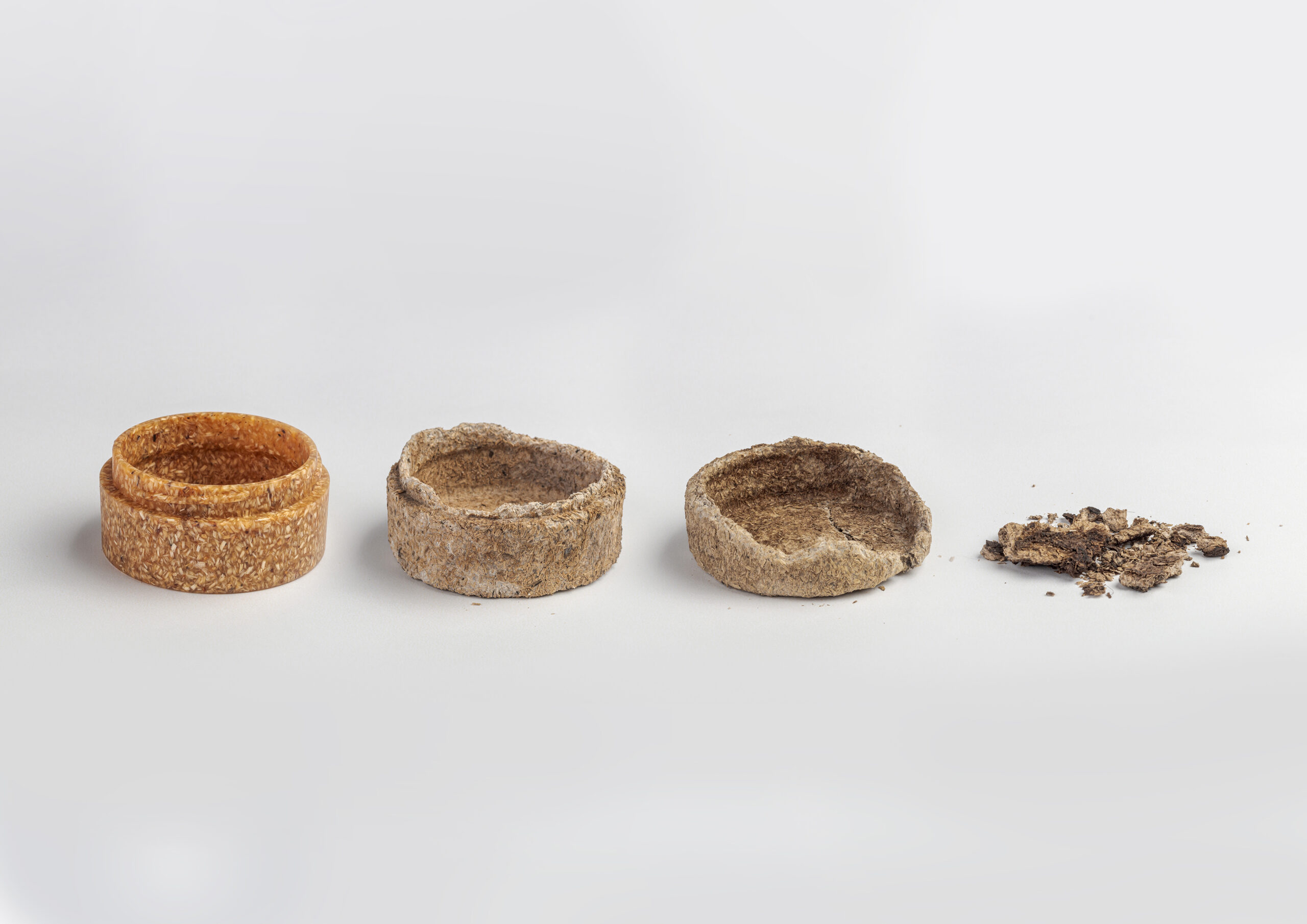Microplastics are everywhere – and their health effects are potentially dangerous
Microplastics have found their way everywhere, even into the most remote locations on Earth, biodiversity hotspots and into the atmosphere. This might have significant, cumulative environmental and health impacts. Solving the problem requires both individual and system-level changes concerning plastic use and production.

In our microplastics blog series, we’ve discussed how:
- the definition of plastic types is challenging and prone to greenwashing
- there are major differences in how different plastic types biodegrade
- the global recycling system is not equipped for the rising plastic production volumes.
As a result, our planet is filling up with plastic, and consequently, microplastics. In this blog, we’ll dig into the impact microplastics have on the environment and humans.
The environmental impacts of microplastics are extensive
The reason why microplastics are so easy to ignore is that they are often invisible to the human eye. Microplastics come from two sources:
- Primary microplastics are tiny particles that were designed to be microscopic in size, such as microfibers in clothing or microbeads in cosmetics.
- Secondary microplastics derive from larger plastic products that break down during use, such as car tires, plastic bags or water bottles.
Scientists have begun to study how plastic seems to disappear into nature. However, plastic doesn’t really go away. It just starts to circulate in the soil, air and oceans as microplastic. And because it doesn’t biodegrade, it accumulates over time. This way it affects the whole global ecosystem:
Soil: Microplastic has found its way deep into the soil, disturbing the digestive systems of small animals, such as worms. Microplastics can potentially also change the thermal and water absorption properties of the soil.
Air: Microplastic particles travel with the wind and rain. It is thus not enough to fight microplastics locally. This has resulted in the microplastics problem becoming a global phenomenon that also requires worldwide policies regarding plastic production, recycling and alternatives.
Oceans: Most of microplastics end up in the water. In the oceans, microplastics both spread around the globe and also form islands of microplastics depending on ocean currents.

Microplastics cause health problems
Microplastics have penetrated our whole ecosystem. Despite all technological developments that help us control our environment, humans are still completely reliant on nature. We are thus bound to get exposed to microplastics, no matter if we embrace the city life or live in a remote cabin in the forest.

Research shows that microplastics can be found both in our food and in household dust. The effects are not entirely known for humans. For fish and other marine wildlife, on the other hand, microplastics have been found to disrupt reproductive systems, cause tissue inflammation and alter feeding behavior. This isn’t promising news for humans either.
Microplastics release chemicals, carry microbial contaminants and physically enter our bloodstream. Further research on the overall effects is needed, but it’s clear that our bodies are going to be subject to increasing amounts of microplastics with plastic production rising and recycling lagging behind.

Sulapac leaves no permanent microplastics behind
To avoid the detrimental effects of microplastics on nature and ourselves, we must replace conventional plastics with materials that biodegrade and don’t leave permanent microplastics behind. At the rate plastics production is rising, recycling and reusing will not be enough.
For consumers, this doesn’t have to mean scaling down in quality. At Sulapac, our aim has been to mimic nature from the start. Our materials can be used in products ranging from luxury packaging to food contact products. The materials are easy to mass produce but qualitywise they are far from ordinary.
Sulapac is biobased and biodegrades without leaving permanent microplastics behind. The product is safe for aquatic organisms and causes no long-term effects in the environment. As it’s made of responsibly sourced, sustainable materials, it also has a significantly lower carbon footprint compared to conventional plastic*.
*0,09 kgCO2eq./kg for Sulapac Universal and 0,21 kgCO2eq./kg for Sulapac Premium (critically reviewed cradle-to-gate LCA performed by an independent third-party consultancy). Carbon footprint of polypropylene is typically around 1,7 CO2eq/kg.
We think it’s about time to take our future into our own hands. At Sulapac, we do that by tackling climate change and the microplastics problem one jar and straw at a time.
Explore Sulapac’s beautiful, functional and truly sustainable materials.